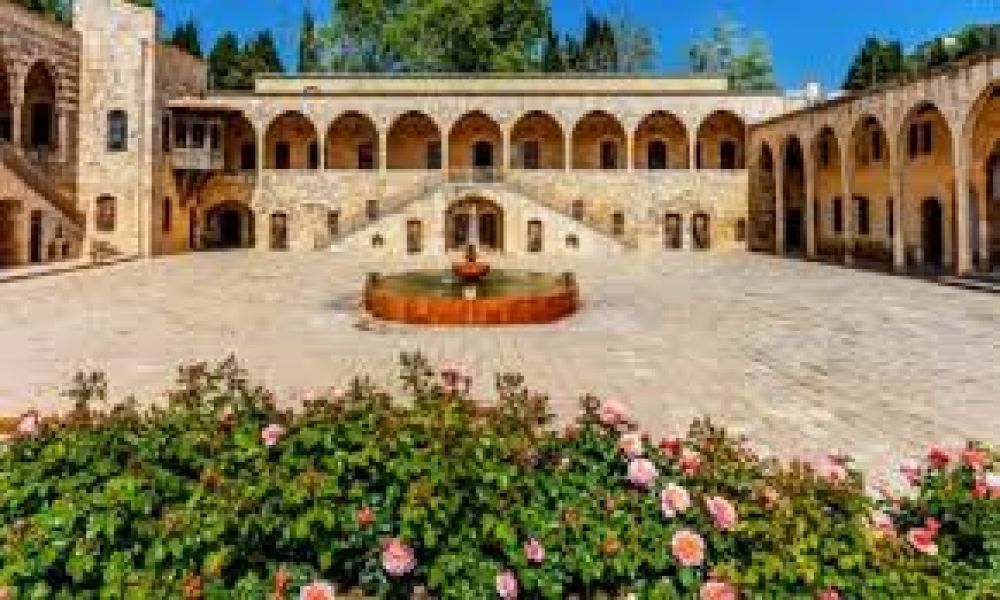

Beiteddine Palace, an exquisite example of 19th-century Levantine architecture, stands as a testament to Lebanon's rich history. The palace's main courtyard is particularly noteworthy, embodying both the grandeur and the intricate craftsmanship that have made this destination a cultural treasure. Visitors are greeted by a spacious expanse, surrounded by arched galleries and with a large central fountain that was traditionally used for special ceremonies. The vibrant mosaic tiles and intricate stone carvings around the courtyard are a marvel, telling stories of the palace's past and the skilled artisans who contributed to its beauty.
The construction of Beiteddine Palace began in the early 19th century by Emir Bashir Shihab II, who was an influential ruler in Mount Lebanon. It took nearly 30 years to complete, with local and international craftsmen contributing to its design and construction. Since then, the palace has served many roles, from being the residence of the Lebanese Emirs to a government building after the fall of the Ottoman Empire. Today, it houses a museum and is a major attraction for both local and international tourists.
Lebanon boasts a longstanding tourism industry, owing to its rich history, cultural diversity, and stunning landscapes. Historically, it has been a crossroads of civilizations, which endowed it with an array of archaeological sites and historical landmarks. Following its independence in 1943, Lebanon's golden age of tourism began in the mid-20th century, attracting celebrities, intellectuals, and tourists to its vibrant capital, Beirut, often referred to as the "Paris of the Middle East."
However, the civil war from 1975 to 1990 dealt a severe blow to the tourism sector. In the years following the war, the country embarked on a process of reconstruction and revitalization. Investments poured into the restoration of historical landmarks, and Lebanon once again started to establish itself as a key tourist destination. A significant milestone in the revival of tourism was the Beirut Central District regeneration project, which restored the area's architectural heritage and urban culture.
Recently, Lebanon's tourism industry has shifted focus towards sustainable and experiential travel. Tourists are increasingly seeking authentic experiences, connecting with local traditions, and exploring Lebanon's natural landscapes. Eco-tourism and agro-tourism have gained popularity, with visitors interested in organic farming, wine production, and conservation efforts. Cultural festivals, particularly the annual Beiteddine Art Festival, which takes place at the Beiteddine Palace, highlight the country's dedication to celebrating its history and arts scene. The event attracts performers and audiences from around the globe, further enriching the tourism experience.
Despite challenges, including political instability and economic fluctuations, Lebanon's tourism sector continues to show resilience and a capacity for innovation. The country's rich historical tapestry and its ongoing efforts to showcase cultural heritage, while adapting to modern tourism trends, ensure that Lebanon—and landmarks such as the Beiteddine Palace—remain captivating destinations for travelers worldwide.